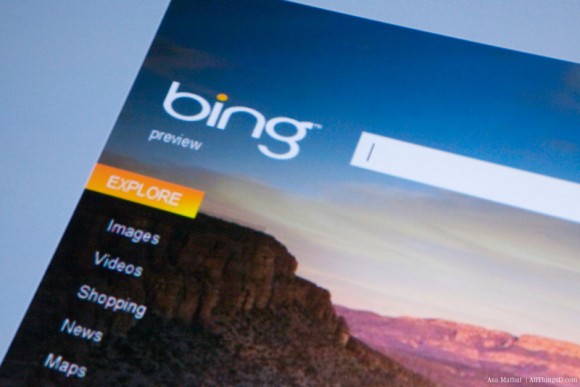Bing announced another new feature for marketers using their paid advertisement platform in an ongoing attempt to bring in new customers. As the second biggest search engine they have been making frequent updates and improvements both in their ad network and their front end interface in an attempt to make gains against Google. This latest update is a tool for marketers which will allow them to track changes in their advertising so they can quickly see which types of changes are effective and which aren’t.
The change history graph from Google allows marketers to see how their advertisements are performing over time, along with a list of the changes they have made to their ads on the same graph. This makes it extremely quick and easy to see what type of impact each individual change had on the overall advertising campaign results. If, for example, a company changed the heading on their ads on a Monday they could go back and look at the impressions and clicks the next day to see if they went up or down.
Many marketers performed this type of testing on their ads in the past, but it would require third party tools or much more time and energy from the marketer to keep the stats on everything. Google’s new change history graph will allow all marketers using Bing ads to have this important data right in front of them with the click of a mouse.
Bing is hoping that this great new feature, along with their improving standings in the ongoing search engine wars, will attract new marketers to their network. This is just the latest in a long series of improvements Bing has been making on their search engine platform. While they are still far behind Google for both number of searches and income from advertisers, they are not letting that slow them down. They continue to come up with innovative ideas to draw in new users on both sides of the search engine market.
You can see the announcement from Bing here.
What do you think of this new tool? It seems like it could be extremely useful, and it wouldn’t surprise me if Google copies the idea in the near future.




